Table of Contents
Why You Might Need a Guajillo Powder Substitute
There are several reasons why someone might need a guajillo powder substitute:
- You've run out of guajillo powder and want to keep cooking without interruption.
- You're allergic to chilies or have dietary restrictions.
- You're in a country where guajillo chiles aren't commonly available.
- You're trying to reduce the heat level in a dish by using a milder substitute.
Whatever the reason, having a few trusted alternatives on hand can save your recipe from disaster. Let's explore the top options.
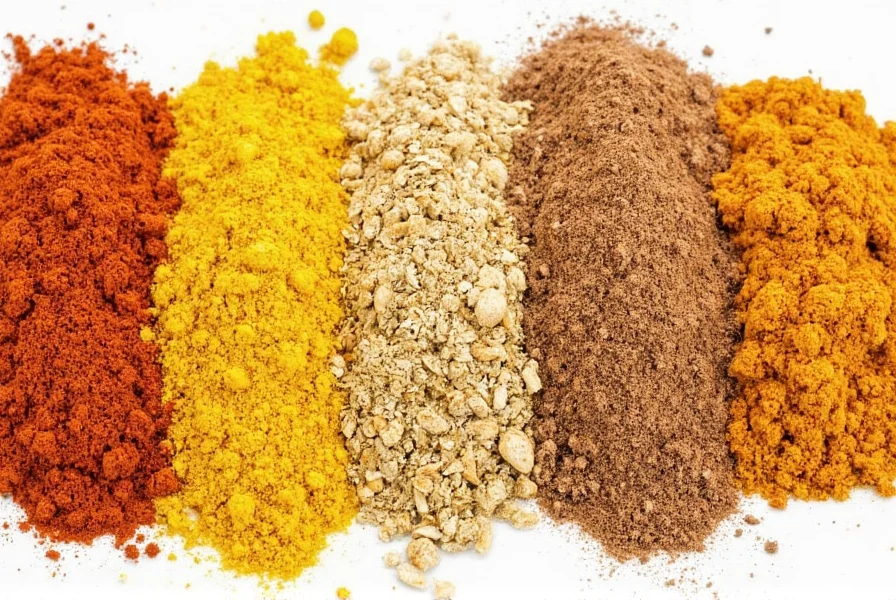
Top 5 Best Guajillo Powder Substitutes
Here are the five best substitutes for guajillo powder, along with their flavor profiles and usage tips:
1. Ancho Chili Powder
Ancho chili powder is made from dried poblano peppers and offers a rich, earthy, and slightly sweet flavor. It's milder than guajillo but still adds depth and color to dishes. If you're looking for a similar texture and taste, ancho is a great option.
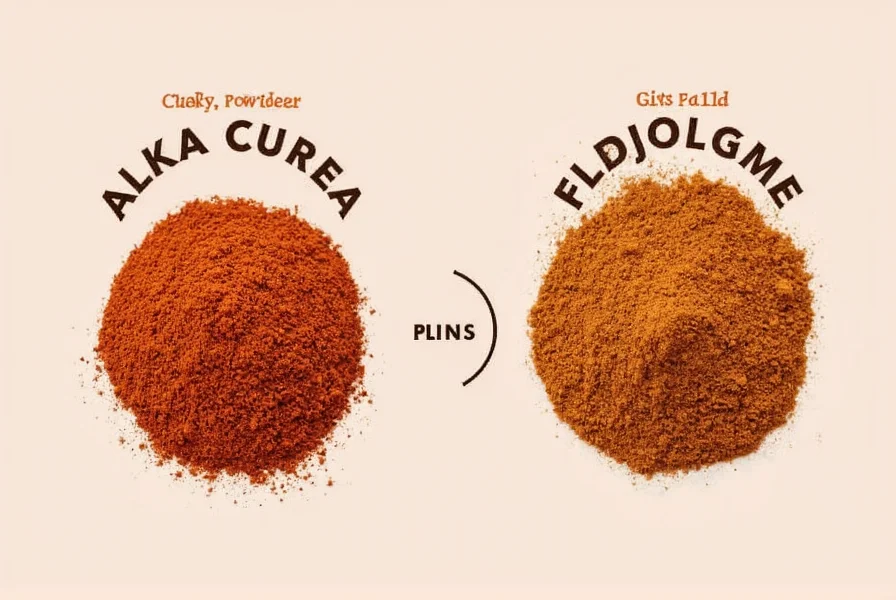
2. Paprika (Sweet or Smoked)
Paprika comes in various forms—sweet, smoked, and hot. Sweet paprika provides a mild, slightly sweet flavor, while smoked paprika adds a deep, smoky aroma. Both can work as a substitute, especially if you want to avoid the heat of guajillo.
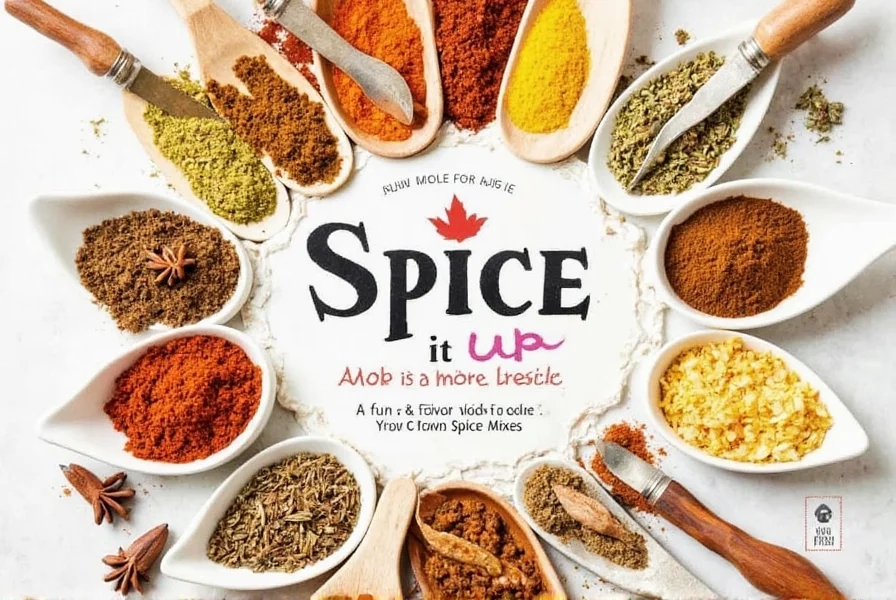
3. Aleppo Pepper
Aleppo pepper is a Middle Eastern spice known for its mild heat and fruity, tangy flavor. It's less spicy than guajillo and works well in sauces, dressings, and marinades. It's also great for adding a unique twist to traditional recipes.
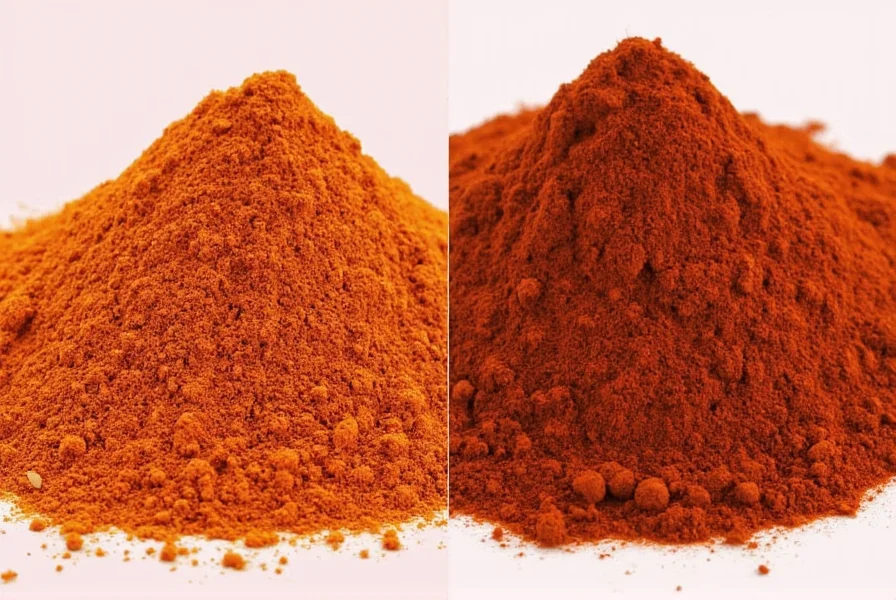
4. Chile de Árbol Powder
If you're okay with a bit more heat, chile de árbol is a solid choice. It has a bright, citrusy flavor and a moderate to high heat level. Use it sparingly, especially if you're replacing guajillo in a dish that's meant to be mild.
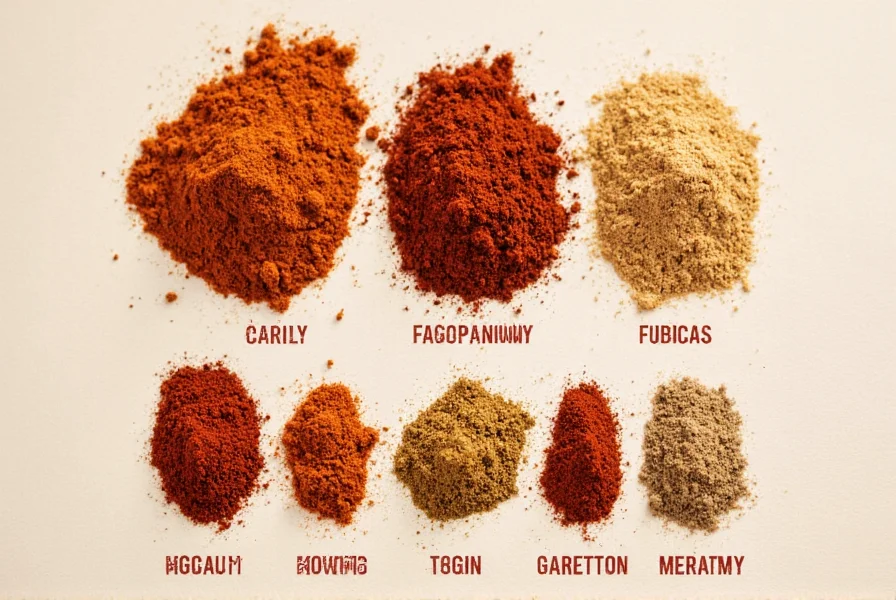
5. Cayenne Pepper
Cayenne pepper is hotter than guajillo, so it's best used as a last resort. However, it can add a nice kick to dishes like chili, stews, and sauces. Just remember to adjust the amount based on your desired heat level.
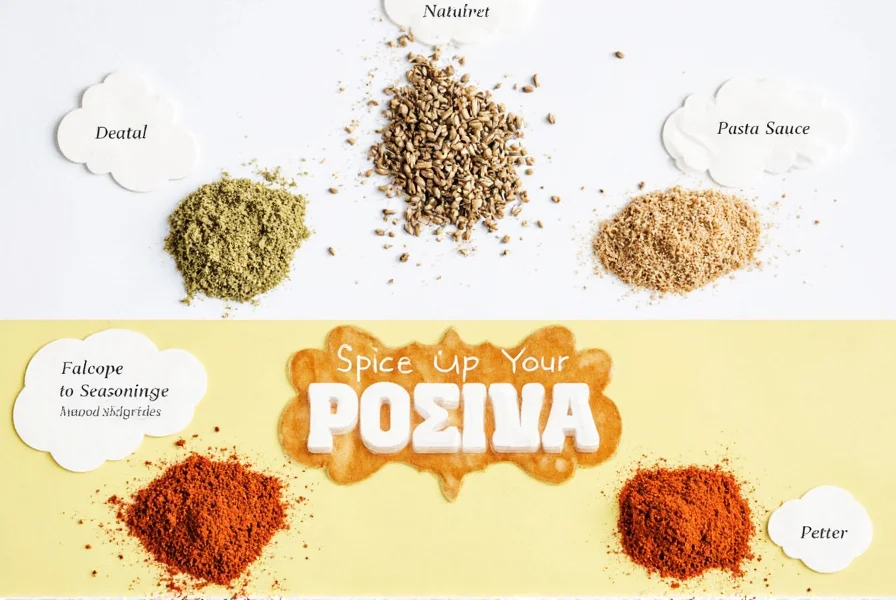
How to Use Guajillo Powder Substitutes in Recipes
Now that you know the best substitutes, here's how to use them in your favorite recipes:
For Salsas and Dips
If you're making a salsa or dip, ancho chili powder or paprika can provide a similar base. Start with a small amount and adjust to taste. For a spicier version, go with chile de árbol or cayenne.
For Stews and Soups
In soups and stews, guajillo powder helps build layers of flavor. Try using ancho chili powder or smoked paprika to maintain that depth. Aleppo pepper is also a great choice for adding a unique, tangy note.
For Marinades and Rubs
When marinating meats or seasoning rubs, consider using a mix of paprika and a pinch of cayenne for balance. This way, you get the color and some heat without overpowering the dish.
For Baked Goods
Believe it or not, guajillo powder can be used in desserts! If you're baking something like chocolate cake or cookies, try using ancho chili powder or sweet paprika for a subtle, warm flavor.
Buying Guide: Choosing the Right Substitute
Choosing the right guajillo powder substitute depends on your taste preferences, the dish you're making, and the availability of ingredients. Here's a quick breakdown of each substitute:
| Substitute | Flavor Profile | Heat Level | Best For |
|---|---|---|---|
| Ancho Chili Powder | Earthy, sweet, slightly smoky | Mild | Salsas, stews, enchiladas |
| Paprika (Sweet/Smoked) | Smoky (smoked), sweet (sweet) | Mild to moderate | Dips, marinades, roasted vegetables |
| Aleppo Pepper | Fruity, tangy, mildly spicy | Mild to moderate | Salads, dressings, grilled meats |
| Chile de Árbol Powder | Citrusy, spicy | Medium to hot | Hot sauces, spicy soups, bold dishes |
| Cayenne Pepper | Hot, pungent | Hot | Spicy dips, chili, bold flavor additions |
When buying any of these substitutes, look for high-quality, freshly ground products. Store them in airtight containers away from light and moisture to preserve their flavor and potency.
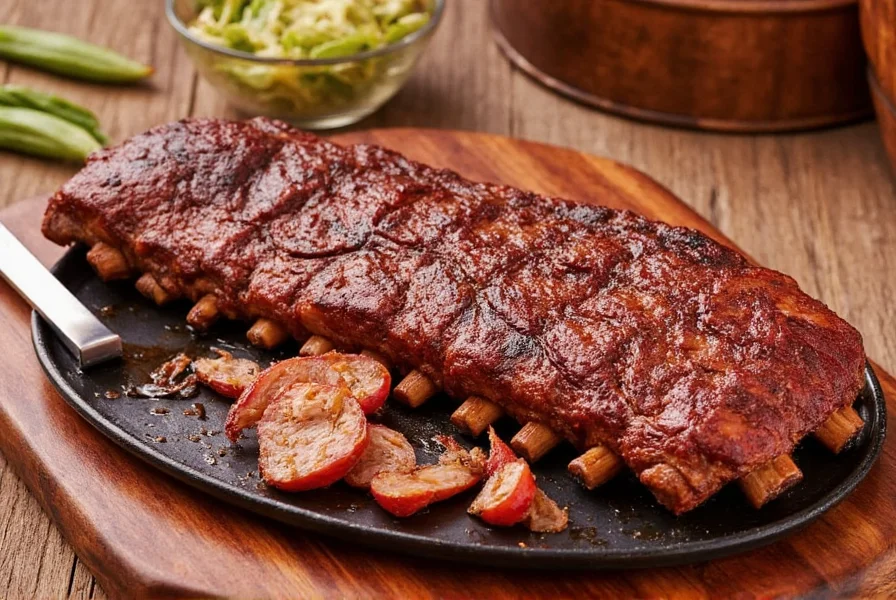
If you're shopping online, check reviews and ingredient lists to ensure you're getting pure, unadulterated spices. Avoid products with added salt or preservatives unless they're necessary for your recipe.
Frequently Asked Questions About Guajillo Powder Substitutes
What's the closest substitute to guajillo powder in terms of flavor?
Ancho chili powder is generally considered the closest substitute to guajillo powder. Both have a mild to medium heat level with sweet, earthy notes, though ancho tends to be slightly sweeter and less tangy than guajillo.
Can I use regular chili powder instead of guajillo powder?
Yes, but with caution. Regular chili powder (the kind found in most supermarkets) is often a blend of different chilies and spices. It can work as a substitute, but the flavor profile will be different. Start with half the amount called for and adjust to taste.
How much substitute should I use when replacing guajillo powder?
Generally, you can use a 1:1 ratio for ancho chili powder or paprika. For hotter substitutes like chile de árbol or cayenne, start with half the amount and adjust to your preferred heat level. Remember, it's easier to add more spice than to fix an overly spicy dish.
Can I make my own guajillo powder if I have dried guajillo chiles?
Absolutely! Simply remove the stems and seeds from 5-6 dried guajillo chiles, toast them lightly in a dry pan for 1-2 minutes until fragrant, then grind them in a spice grinder or clean coffee grinder until fine. Store in an airtight container for up to 6 months.
Are guajillo powder substitutes suitable for all dietary needs?
Most pure chili powders are naturally gluten-free, vegan, and paleo-friendly. However, always check labels for additives, especially with commercial chili powders which sometimes contain anti-caking agents or other ingredients. For specialty diets, ancho powder or pure paprika are generally the safest bets.
How can I store guajillo powder substitutes to maintain freshness?
Store all chili powders in airtight containers away from direct sunlight and moisture. Properly stored, they'll maintain their flavor for 6-12 months. For longer storage, keep them in the freezer where they can last up to 2 years without significant flavor loss.
Conclusion: Spice Up Your Life with These Alternatives
Guajillo powder is a staple in many kitchens, but it's not always easy to find or use in every situation. Fortunately, there are plenty of excellent substitutes that can bring the same depth and flavor to your dishes. Whether you choose ancho chili powder for its earthy sweetness, paprika for its versatility, or cayenne for a spicy kick, each option has its own unique strengths.
Remember, the key to successful substitution lies in understanding the flavor profile of the original ingredient and choosing an alternative that complements your recipe. With a little experimentation and knowledge, you'll never be stuck without the right spice again.
So next time you're reaching for guajillo powder, don't panic—reach for one of these delicious substitutes instead!
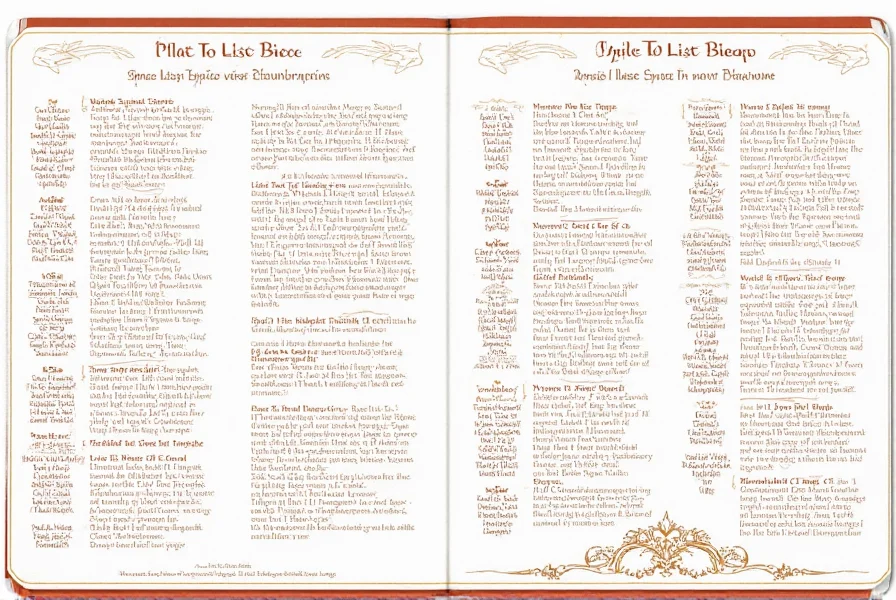
And now, go forth and spice up your life with confidence and creativity!

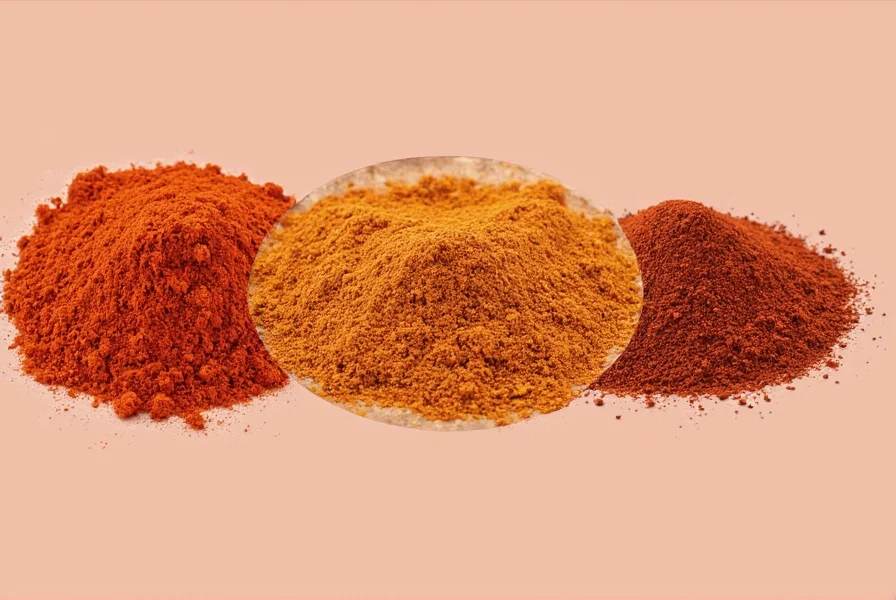









 浙公网安备
33010002000092号
浙公网安备
33010002000092号 浙B2-20120091-4
浙B2-20120091-4